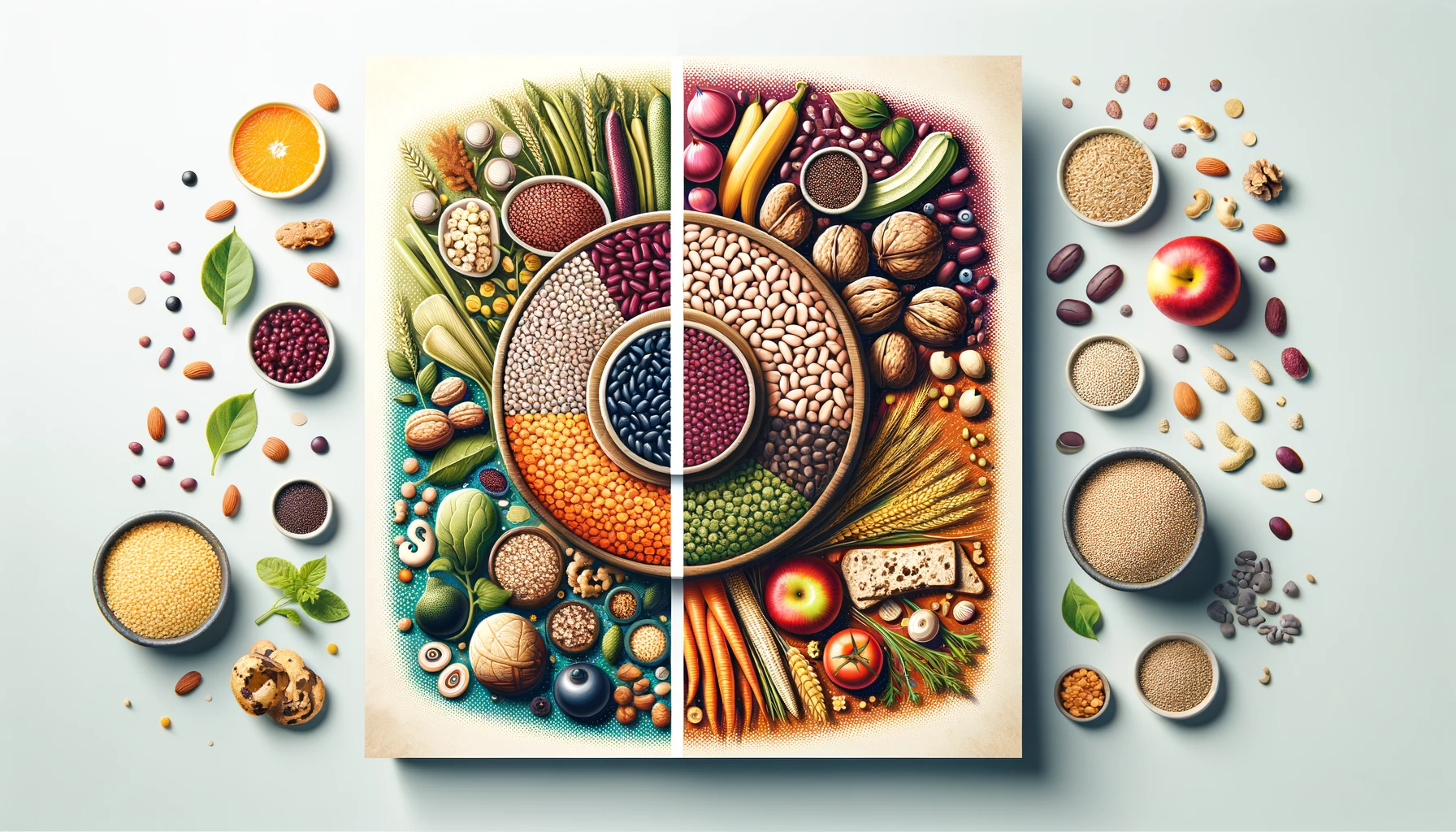PLANT powered Athletes

Today, we’re diving into a crucial topic for anyone following or considering a plant-based diet—understanding the difference between complete and incomplete proteins. This is especially important for athletes who need optimal protein intake for peak performance and recovery. Let’s break down the science of amino acids, explore sources of complete and incomplete proteins in a plant-based diet, and learn how to ensure you get all the essential nutrients your body requires.
Amino acids are the building blocks of proteins. Out of the 20 different amino acids, nine are considered “essential,” meaning your body cannot produce them on its own—they must be obtained through your diet. These essential amino acids are crucial for various bodily functions, including muscle repair, enzyme production, and hormone synthesis.
Proteins are categorized into two groups based on their amino acid profiles:
The concept of protein combining is crucial for plant-based athletes. It involves eating different plant-based protein sources together or throughout the day to ensure a full range of essential amino acids. For example, rice and beans, a staple dish in many cultures, form a complete protein. The amino acids missing from beans are present in rice and vice versa.
The digestibility of protein is also key, especially for athletes. To improve the digestibility of plant proteins, try soaking, sprouting, fermenting, or cooking them. These processes help break down complex proteins and enhance nutrient absorption.
While focusing on amino acid intake, it’s also important to celebrate the additional health benefits of plant-based proteins. They typically come packed with fiber, antioxidants, and other phytonutrients that contribute to reduced inflammation, improved gut health, and lower risk of chronic diseases—benefits that are invaluable for long-term athlete health and performance.
For plant-powered athletes, understanding the distinction between complete and incomplete proteins is fundamental. By strategically combining various plant-based protein sources, you can achieve a balanced intake of essential amino acids, supporting not only your athletic performance but also your overall health. Remember, a well-planned plant-based diet is not only capable of meeting protein needs but can also be exceptionally nutritious and beneficial for your athletic journey. Embrace the variety and enjoy the journey towards optimal health and peak performance!